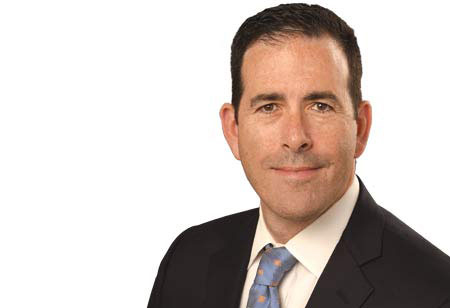Thank you for Subscribing to Healthcare Business Review Weekly Brief

In Pursuit Of Reduced Healthcare Spending, Technology Has Come Of Age
Healthcare Business Review
In 1654, in the midst of the Renaissance, the Chevalier de Mere, a French nobleman with a taste for gambling and mathematics, challenged mathematician, physicist, and philosopher Blaise Pascal to solve a puzzle.
The challenge: Divide the stakes of an unfinished game of chance between two players when one is ahead. With the help of Pierre de Fermat, another mathematician, this collaboration led to the development of probability theory, the mathematical foundation of the concept of risk.
This important development paved the way for shipping insurance, life insurance, and, of course, risk-taking in healthcare coverage. In the 1600s, the rate of technological innovation was dramatic. Today is no different.
Healthcare headlines are filled with stories about consolidation –in the hospital market and the payer space. We see large healthcare players blurring the lines of their traditional categories, with payers buying into the provider space, large health systems growing their managed care plans, and non-healthcare companies moving into healthcare.
This consolidation is generating a fear of market concentration. However, balanced with government policy, these strong currents are also driving the greatest decentralization of risk in history.
Just 25 years ago, the vast majority of government-sponsored healthcare risk (Medicare and Medicaid) was carried by federal and state governments. Employer-sponsored health insurance had commercial carriers, but Blue Cross/Blue Shield plans had large shares of the market.
Today, Medicare Advantage plans account for more than one-third of the Medicare population, with enrollment doubling over the past 10 years. And over 90 percent of the non- disabled Medicaid population is enrolled in managed care plans that are overwhelmingly capitated. In the commercial world, large companies seek to manage their healthcare costs by turning to risk arrangements, pushing more financial exposure to employees in the form of high deductible health plans.
Furthermore, many health plans now write capitated arrangements with large provider systems in their network, so hospital systems or large primary care clinics hold financial risk for large portions of their patient base.
These trends point toward a tipping point – where technology used to manage patients and control costs is now in play to create positive ROIs after a few quarters, rather than years.
With the modern statistical techniques of risk adjustment and the algorithms used to identify high-risk patients, those who take risk can spend more on technology for patients with the highest probability of future high-cost episodes, such as re-hospitalizations, ED usage, and developing conditions that are expensive to treat.
In the past, when technology was used across a broad patient population, the ROI was often weak or negative, causing many pilot projects to fail. Today, successful health plans and risk-taking provider organizations use analytics to determine who will benefit from new technology in their own homes.
Remote patient monitoring, once a novelty or a cost center, is increasingly used to manage patients at home and avoid costly re-hospitalizations. Simple items such as scales, blood pressure cuffs, pulse oximeters, and tablets for voice and video chats are being deployed to manage patients at home– patients who used to require (or prefer) the costly institutional care of hospitals and skilled nursing facilities (SNF).
Breakthrough programs, like Hospital at Home and SNF at Home, are being used to reduce cost and give patients the option to stay at home – and these programs are only possible through the utilization of technology.
Going forward, the utilization of technology will increase, moving more and more patients out of expensive care settings and into treatment in their own homes.
Medicare policy – which pays providers a fixed fee for whole episodes of care (bundles) and pays bonuses for reducing costs (ACOs) and increasing capitated arrangements (Medicare Advantage) – is incented to treat patients in the lowest cost and most clinically appropriate setting.
Historically, the choice between keeping a patient in a hospital observation or SNF bed and their own bed at home has been defined by monitoring – whether by a clinician or by being checked on by a family member. Now, the difference between a patient seeing their doctor in a clinic, versus seeing them on a tablet, is being washed away by new business models that account for risk – where a virtual visit costs less than a visit to the clinic.
We will see more and more technology-based diagnostic tools, such as digital otoscopes and stethoscopes and wound care cameras, made available to patients, allowing them to communicate with clinicians and create more convenient, less expensive visits that result in overall lower cost of care.
The common definition of risk is a situation involving exposure to danger. For those who seek to tame risk, we believe it has to do with the exposure to data, not danger.









